Imun Seolnongtang (이문설농탕)
1.2Km 2025-08-08
38-13, Ujeongguk-ro, Jongno-gu, Seoul
Muralla Hanyang Doseong de Seúl (Tour de Sellos)
1.2Km 2025-04-07
Changuimun-ro 42, Jongno-gu, Seúl
Saewha Hostel (세화호스텔)
1.2Km 2025-07-23
50, Samil-daero 32ga-gil, Jongno-gu, Seoul
Museo del Tteok (떡박물관)
1.3Km 2021-07-16
Donhwamun-ro 71, Jongno-gu, Seúl.
En este lugar se encuentran en exposición diferentes utensilios y artículos que se utilizan para preparar el tteok (pastelillos dulces de arroz de distintos sabores y formas); infusiones y licores tradicionales que son ideles para acompañarlos en cualquier ocasión. El tteok es un tipo de postre coreano que presenta miles de variedades y sabores. La receta de cada tipo de tteok es muy científica y sabe exactamente cómo respetar los ingredientes para obtener un resultado sublime en cuanto al sabor, propiedades nutricionales, textura y aroma.
Palacio Changgyeonggung (창경궁)
1.3Km 2025-05-13
Changgyeonggung-ro 185, Jongno-gu, Seúl.
El palacio Changgyeonggung de Seúl es uno de los palacios más especiales del período de la dinastía Joseon. El origen de este palacio proviene de la asunción del rey Sejong (1397-1450) en 1418. Una vez que fue coronado, mandó construir el palacio Suganggung para brindarle mayores comodidades al monarca anterior, Taejong (1367-1422), que había abdicado en su favor. El palacio Changgyeonggung fue degradado a Changgyeongwon, sede de jardín zoológico y botánico durante el período de la ocupación japonesa de Corea (1910-1945). En 1983, el zoológico fue trasladado y el palacio fue completamente restaurado volviendo a ser llamado Chaggyeonggung.
Pasando por la entrada principal al palacio, la puerta Honghwamun, se ve el puente Okcheongyo. Todos los palacios de la dinastía Joseon tienen estanques con un puente encima con forma de arco, tal como el puente Okcheongyo. Cruzando Okcheongyo, se pasa por la puerta Myeongjeongmun, y entonces, se halla el pabellón Myeongjeongjeon, que era la oficina del Rey. Además, Myeongjeongjeon es el pabellón más antiguo de su tipo de todos los palacios del período de Joseon. Normalmente, las construcciones de esta época se elevan mirando hacia el sur, pero Myeongjeongjeon mira hacia el este. Esto se debió a que los mausoleos de los anteriores monarcas se encontraban al sur y según las costumbres confucianas, no se permitían tener aperturas hacia la misma dirección. A uno y otro lado del patio se encuentran alineadas las piedras con los grabados que indicaban la jerarquía de los funcionarios oficiales.
Detrás de Myeongjeongjeon, hacia la izquierda y sobre un terreno más elevado se encuentra la sala Sungmundang. Esta sala fue construida aprovechando muy bien la pendiente de la geografía montañosa. Si se observa Myeongjeongjeon y Munjeongjeon, la combinación de las laderas montañosas y la línea de sus techos logran una armonía de gran belleza. Otro pabellón, Tongmyeongjeon, fue construido para la reina. Es la construcción más grande dentro del palacio Changgyeonggung, y en muchos lugares se notan detalles delicados de sus estructuras en atención a la reina. Andando por las rocas de Yanghwajeon después de pasar por Tongmyeongjeon, se llega a Jagyeongjeon. Y hacia el sudeste de Jagyeongjeon se encuentra Punggidae. Punggidae es un instrumento que servía para medir el viento. Se trata de una larga vara con un jirón de tela atada a una punta, y se la usaba para medir la velocidad y dirección del viento.
Dirigiéndose hacia el norte uno se encuentra con un enorme estanque denominado Chundangji. Originalmente, la mitad del estanque era utilizada por el mismo rey para cultivar arroz y aprender sobre agricultura. Pero durante la ocupación japonesa, transformaron el campo de arroz en estanque para hacer flotar pequeños botes sobre él. El jardín botánico creado en aquellos días sobre la parte superior del estanque permanece aún en la actualidad.
Puerta Honghwamun del Palacio Changgyeonggung (창경궁 홍화문)
1.3Km 2025-08-08
Changgyeonggung-ro 185, Jongno-gu, Seúl
Es la puerta instalada en el noreste de la muralla de Seúl, siendo una de las 4 principales. Fue construida en el mes de septiembre del 5º año del rey Taejo (1396), y en aquel momento fue denominada Honghwamun. Pero en el año 1483, al 14º año del reinado de Seongjong, se reconstruyó el palacio Changgyeonggung, pero su puerta oriental también se llamaba Honghwamun, por la que se le cambió el nombre a Hywahwamun en 1511. La puerta fue destruida cuando se abrió una calle para coches durante el período de la ocupación japonesa, en la primera mitad del siglo XX, pero en 1992 fue reconstruida y recuperó su nombre original.
Tienda de Suvenires Coreanos en Insa-dong (한국관광명품점(인사동))
1.3Km 2024-02-19
Insadong 5-gil 14, Jongno-gu, Seúl
Calle de la Gastronomía de la Aldea Sejong (세종마을 음식문화거리)
1.3Km 2025-05-27
Chebu-dong 194-2, Jongno-gu, Seúl
Parque Sejongno (세종로공원)
1.3Km 2024-09-10
Sejong-daero 189 (subsuelo), Jongno-gu, Seúl
El Parque Sejongno está localizado cerca del Centro Cultural Sejong de Seúl. Dentro del parque hay bancos de madera y zonas con sombra para que la gente pueda sentarse y relajarse. También hay fuentes de agua, un escenario exterior y varias esculturas. Entre semana, el parque se llena de oficinistas que lo visitan a la hora de la comida, y durante los fines de semana incluso se realizan bodas al aire libre.
K-Food Festival Knock Knock (K-푸드 페스티벌 넉넉)
1.3Km 2025-06-20
Sejong-daero Jiha 189, Jongno-gu, Seúl
02-2088-4960


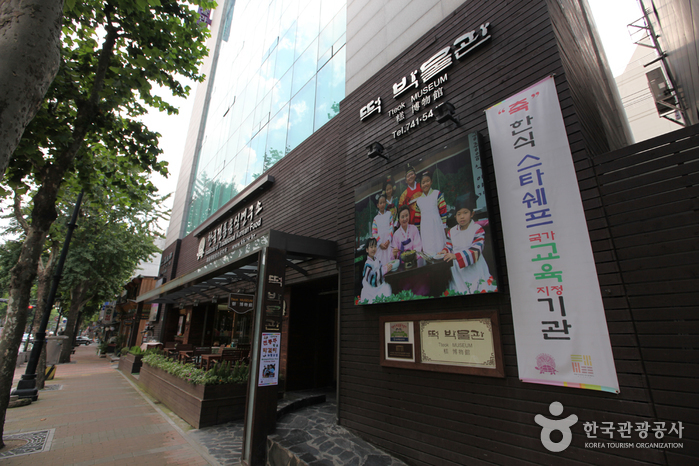
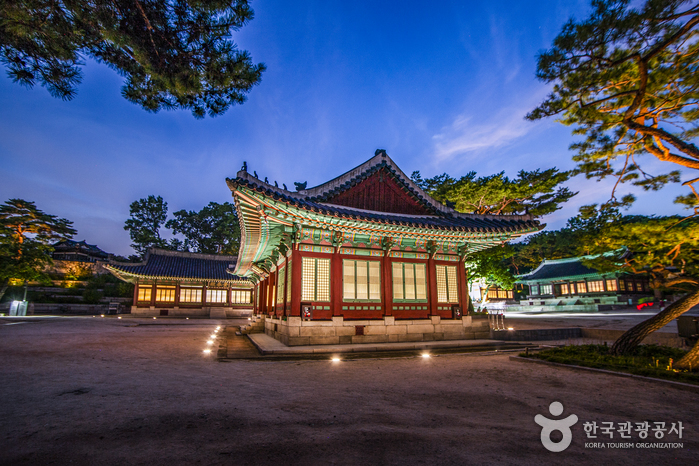
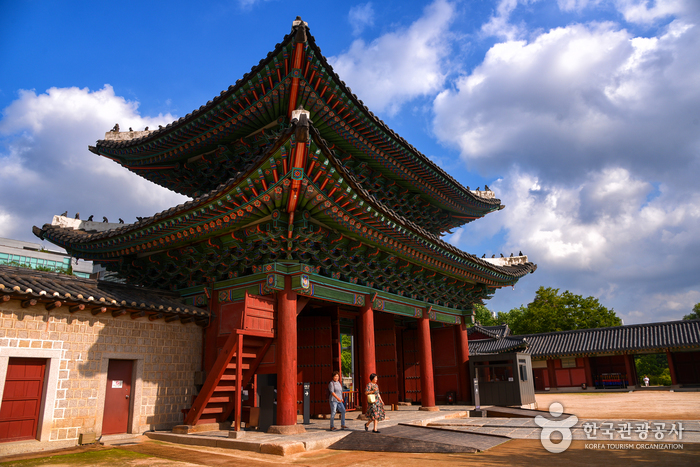
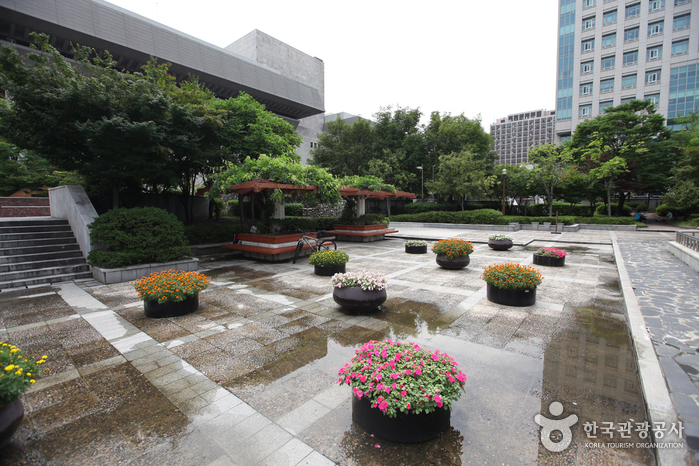
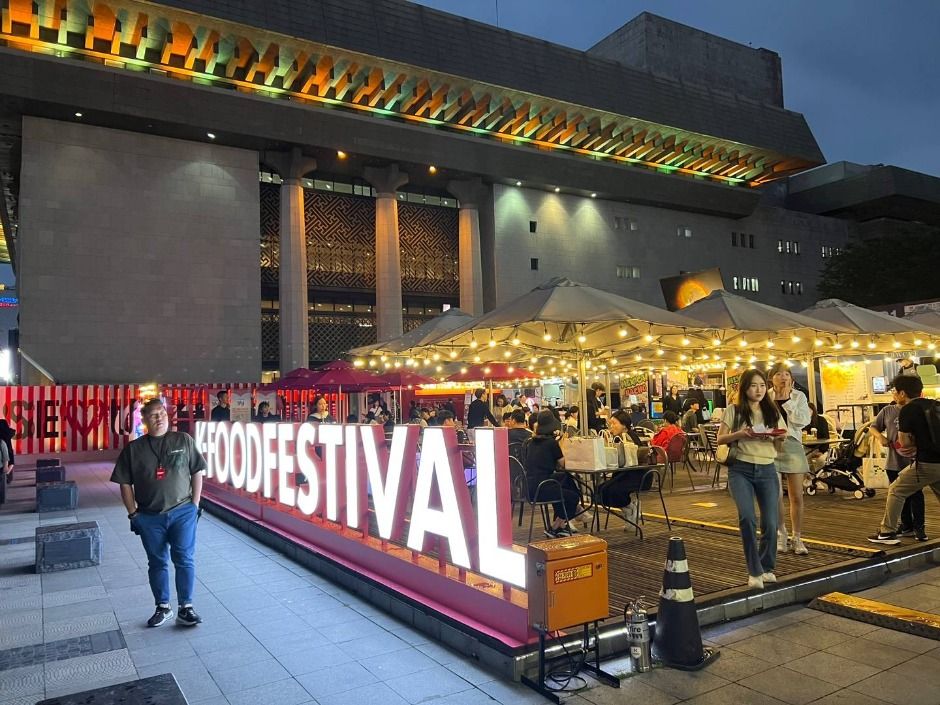
 Español
Español
 한국어
한국어 English
English 日本語
日本語 中文(简体)
中文(简体) Deutsch
Deutsch Français
Français Русский
Русский